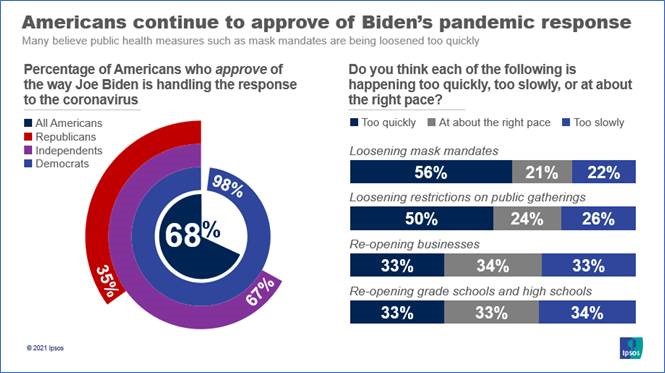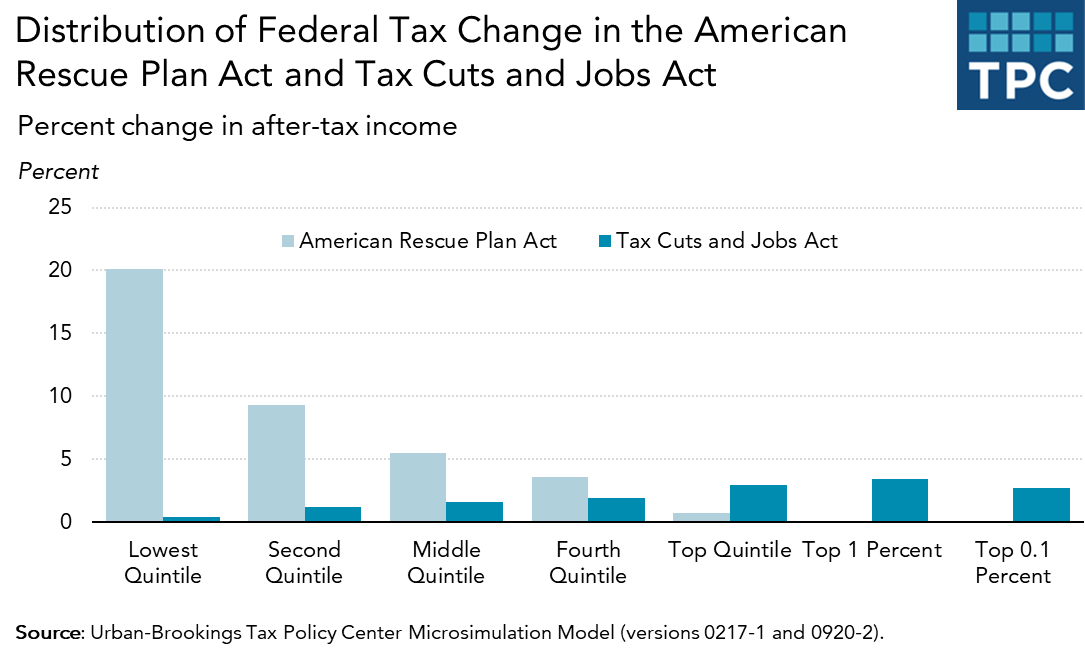 Chas_P, on 2021-March-06, 21:22, said:
Chas_P, on 2021-March-06, 21:22, said:
I had not heard about that, so I used our friend Google: Biden did answer questions from House Democrats at virtual event
Quote
THE FACTS: Posts online are falsely suggesting that a video clip of Biden’s introductory remarks at the House Democratic Caucus Virtual Issues Conference shows that the White House is limiting the president’s talking time.
The 15-second clip was taken from comments Biden made praising Democratic leaders for their support and addressed the need to tackle issues related to racial injustice, confidence in the American government and the climate.
During the conference, Biden praised House Speaker Nancy Pelosi. Conservative accounts shared the clip of Biden with captions meant to further propel a narrative pushed during the election that he is unfit for office.
“The White House doesn’t even have enough confidence in Joe Biden to answer questions? Wow,” Charlie Kirk, founder of Turning Point USA, a conservative student group, tweeted.
“BIDEN APPEARS TO BE NOTHING MORE THAN A PUPPET PRESIDENT,” another post said.
In the clip, viewed more than 1.6 million times on Twitter, Biden says he would be happy to take questions. “And I’m happy to take questions if that’s what you — I’m supposed to do, Nance,” he says before the feed ends. “Whatever you want me to do.”
The video feed of Biden then ends. But comments circulating with the clip misrepresent what was behind the cut.
On Wednesday, pool reporters were allowed to attend the introductory remarks made by Biden, but the session was then closed to the press for the president to take questions from House Democrats.
The AP confirmed that Biden did take questions from House Democrats including one on systemic racism and another on the child tax credit.
His answers there seem to have been to democrats only, so I looked for a transcript of Biden's actual answers to some real questions, and found this from January 25, 2021:
Remarks by President Biden at Signing of Executive Order on Strengthening American Manufacturing
Quote
This executive order is entitled “Ensuring the Future Is Made in America, by Americans — All of American Workers.”
(The executive order is signed).
There you go. Now I’d now be happy to take your questions.
Q Thank you, Mr. President. Jonathan Lemire with the Associated Press. Two topics, if I may. The first: You have made reopening schools a central part of your first 100 Days agenda, and you’ve long portrayed yourself as an ally to the teachers and the unions. Right now, the Chicago Teachers Union has refused. They defied an order to return to in-person classing — for in-person classrooms because of a lack of vaccinations. Do you believe, sir, that teachers should return to schools now?
THE PRESIDENT: I believe we should make school classrooms safe and secure for the students, for the teachers, and for the help that’s in those schools maintaining the facilities. We need new ventilation systems in those schools. We need testing for people coming in and out of the classes. We need testing for teachers, as well as students. And we need the capacity — the capacity to know that, in fact, the cic- [sic] — or the circumstance in the school is safe and secure for everyone.
For example, there is no reason why the clear guidance will be that every school should be thoroughly sanitized, from the lavatories to the hallways. And so this is about making — and none of the school districts that I’m aware of — there may be some, of public school districts — have insisted that all of those pieces be in place.
And, I might add, it’s the same kind of thing I hope we can do with small businesses and businesses, making sure they have the capacity to test their workers when they come in; to make sure they have plastic dividers between their booths in their — in their restaurants, et cetera; to make sure they can sanitize.
So it’s not so much about the idea that teachers aren’t going to work. The teachers I know, they want to work. They just want to work in a safe environment and as safe as we can rationally make it. And we can do that, and we should be able to open up every — every school, kindergarten through eighth grade, if, in fact, we administer these tests.
And it’ll have the added advantage, I might add, of putting millions of people back to work – all those mothers and fathers that are home taking care of their children, rather than go to work. Even when they can work, they’re not able to do it unless they have the luxury of working distance-wise, like many of us do. They’re not able to do it. And so this is about generating economic growth overall as well.
...
Q Thank you, Mr. President, Annie Linskey with the Washington Post.
THE PRESIDENT: Hi, Annie.
Q I wanted to ask you a little bit about one of the, sort of, major themes of your campaign, and how you sort of intend to measure and enact it — and that is the idea of unity. If you could talk a little bit about what you see unity as being? There are some people who are defining it as being bipartisan. Others are saying it is what most of the people in the country, defined by some poll, might believe, or any sort of number of other — or perhaps it’s 50 plus 1, or 50 plus 2, or 75 percent.
So, given that it is such a key part of your message and your promise, can you talk and reflect a little bit more about what is unity when you see it and as you define it?
THE PRESIDENT: Well, Annie, I think it makes up several of the issues — the points you made. One is: Unity requires you to take away — eliminate the vitriol, make anything that you disagree with about the other person’s personality or their lack of integrity or they’re not decent legislators and the like — so we have to get rid of that. And I think that’s already beginning to change, but God knows where things go, number one.
Unity also is: trying to reflect what the majority of the American people — Democrat, Republican, and independent — think is within the fulcrum of what needs to be done to make their lives and the lives of Americans better. For example, if you look at the data — and I’m not claiming the polling data to be exact, but if you look at the data, you have — I think it’s — I hope I’m saying this correct –- you may correct me if I get the number wrong, I think it’s 57, 58 percent of the American people — including Republicans, Democrats, and independents — think that we have to do something about the COVID vaccine; we have to do something about making sure that people who are hurting badly, can’t eat, don’t have food, are in a position where they’re about to be thrown out of their apartments, et cetera, being able to have an opportunity to get a job — that they all think we should be acting, we should be doing more.
Unity also is trying to get, at a minimum — if you pass a piece of legislation that breaks down on party lines but it gets passed, it doesn’t mean there wasn’t unity; it just means it wasn’t bipartisan. I’d prefer these things to be bipartisan, because I’m trying to generate some consensus and take sort of the — how can I say it? — the vitriol out of all of this. Because I’m confident — I’m confident, from my discussions, there are a number of Republicans who know we have to do something about the food insecurity for people in this pandemic. I’m confident they know we have to do something about figuring out how to get children back in school.
...
In a related event, I walked into the pantry the other day and wondered for a few seconds why I had gone in there. Then I remembered it was for a new pack of coffee filters for the pot I'd started to make.
When I told my handler about that, she laughed and said, "Don't forget to push the start button!"

 Help
Help





